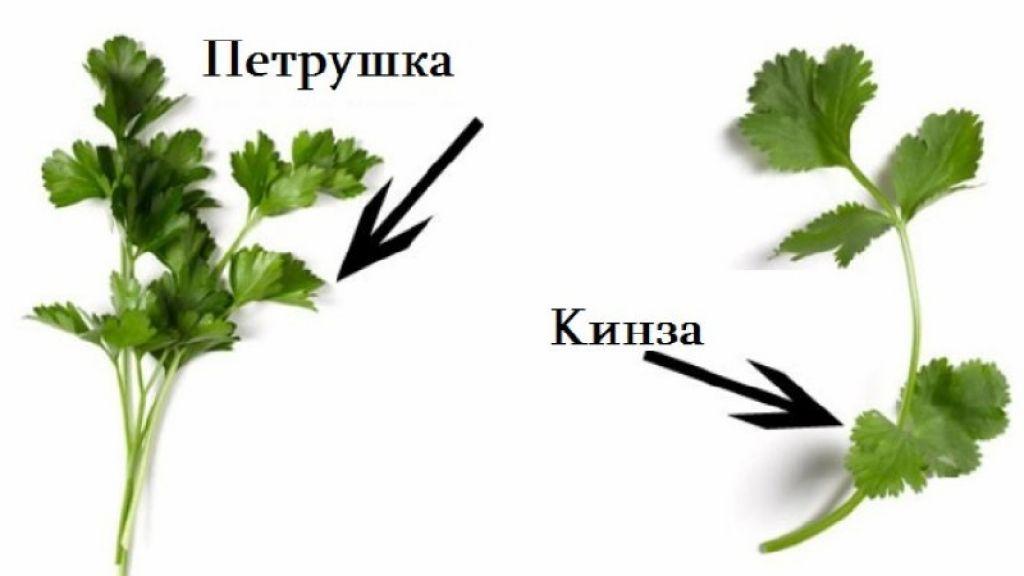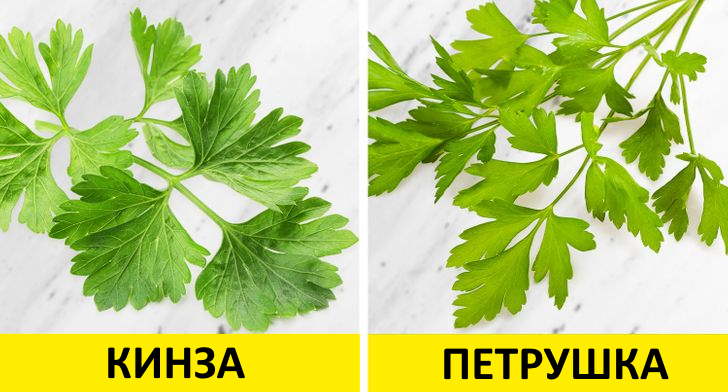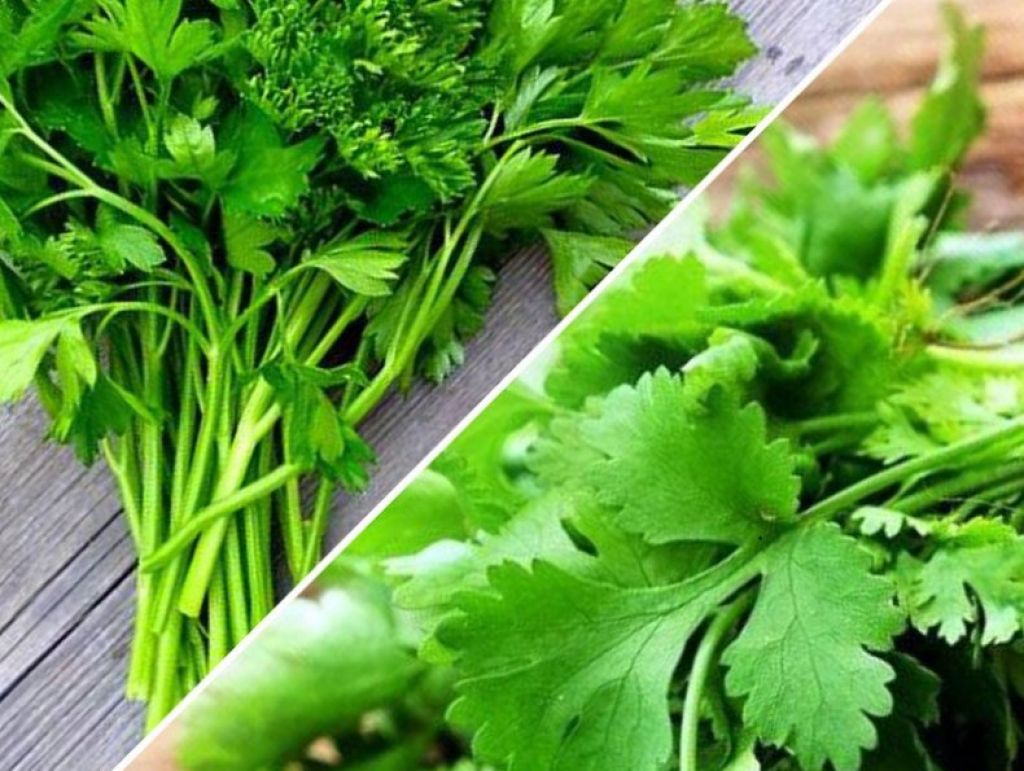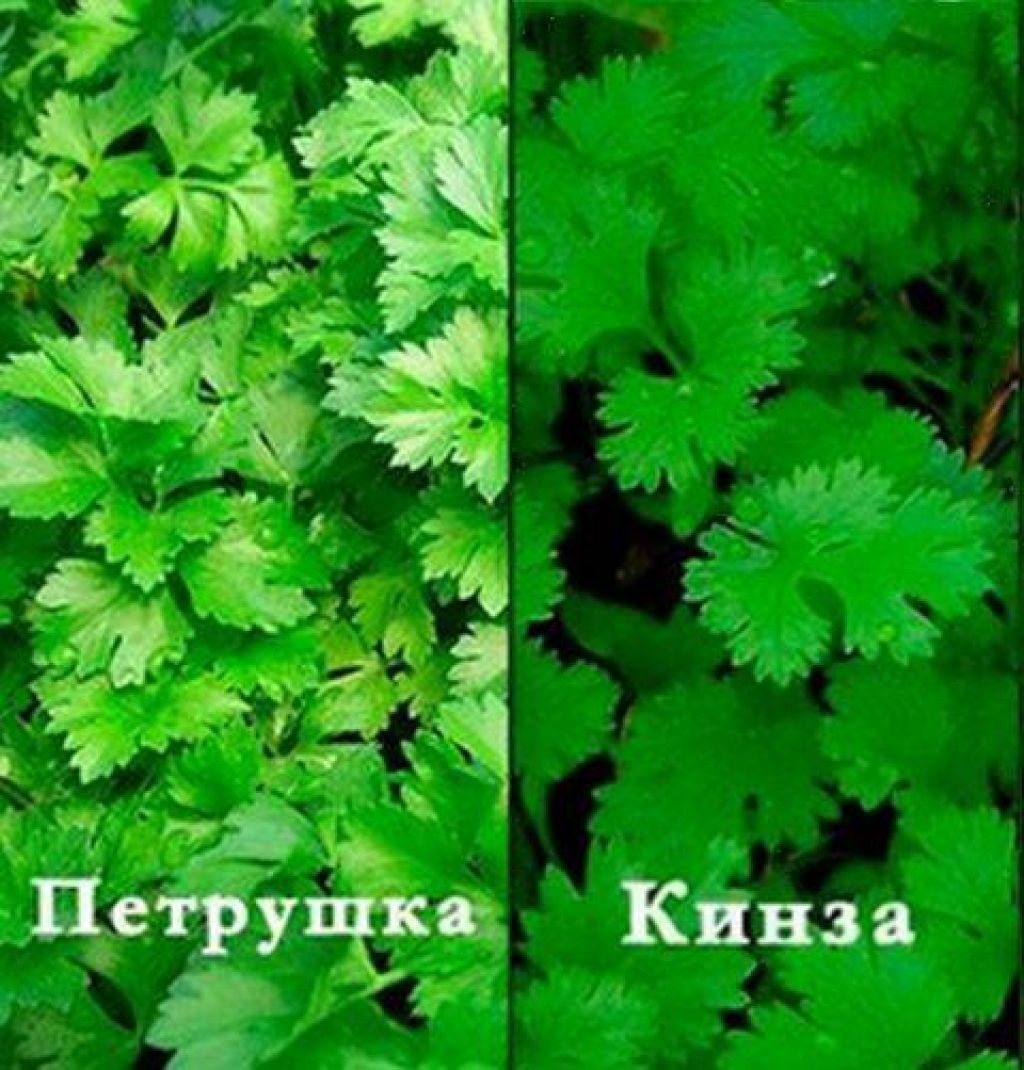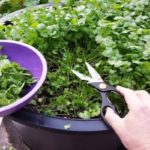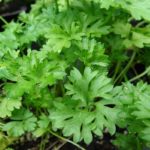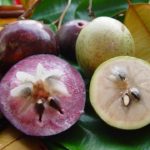Parsley and cilantro are fairly common plants that have a similar appearance. This is why many people confuse them with each other. The same leaf shape is due to the fact that herbs belong to the same family. However, this is not the same thing at all. When growing cilantro and parsley, it is important to understand the differences and what is best to include in your diet.
What it is
Cilantro and parsley are completely different crops that are confused due to their appearance. Cilantro is more of a colloquial term and is more often referred to as a leafy green. In biology it is known as coriander vegetable or coriander.
Is it correct to confuse these herbs?
Both types of greens belong to the Apiaceae or Celery family. Therefore, they have a similar leaf shape that resembles maple leaves and is distinguished by carved edges. At the same time, parsley is characterized by larger leaf blades that are distinguished by a rich green color. If you touch the cilantro leaves, they will appear thinner and softer.
Description of cilantro
Coriander sativum is a herbaceous plant that originated from ancient Rome. The name of the plant translates as “bug”. This is due to the specific smell of the leaves.
Cilantro is usually called coriander greens, which are collected before the seeds ripen. The name of the herb is of Georgian origin. At the same time, the seasoning has become widespread in Georgian cuisine.
The main characteristics of the plant include the following:
- Umbrella family;
- growing season – 1 year;
- crop height – 40-70 centimeters;
- taproot;
- a bare and straight stem that has branches at the top;
- different leaf shapes depending on location;
- white or pink flowers;
- fruits are ovoid-spherical in shape;
- flowering - from early June to late July.
Description of parsley
Curly parsley is a herbaceous crop that originates from the southern regions of Greece. The name of the plant means "growing on stone."
The main features of this culture include the following:
- Umbrella family;
- growing season – 2 years;
- crop height – 30-100 centimeters;
- tap root system;
- straight stem;
- green-yellow flowers;
- elongated fruits;
- pinnately dissected leaves;
- Flowering period: June-July.
Key differences
The cultures in question have many differences. They affect appearance, chemical composition and beneficial properties.
By useful properties
From the point of view of the chemical composition of greens, parsley is considered more useful. It includes a large number of vitamins, micro- and macroelements. Thanks to this, the plant helps to obtain the following results:
- strengthen the immune system;
- increase visual acuity;
- achieve an expectorant effect;
- reduce blood sugar;
- normalize the functions of the digestive system;
- start regeneration processes;
- improve metabolism;
- restore normal sleep;
- strengthen the walls of blood vessels and the heart;
- get a diuretic effect;
- reduce sweating;
- regulate the level of stomach acidity;
- accelerate the removal of waste and toxins.
Cilantro also has a number of beneficial properties. Thanks to its use, it is possible to obtain the following results:
- strengthen the immune system;
- increase body tone;
- activate metabolism;
- improve the functions of the digestive organs;
- obtain a bactericidal effect;
- remove waste and toxins;
- get a diuretic effect;
- normalize the functions of the nervous system;
- increase potency;
- prevent degenerative changes in the eyes;
- rejuvenate the skin.
According to harmful properties
Aromatic herbs should be consumed in moderation. In addition, they pose a danger to people with allergies. There are relatively few such people, but sometimes intolerance to essential oils is still observed.
Greens should be introduced with great caution into the diet of young children. Increased doses of cilantro consumption can have a bad effect on the nervous system, cause cycle disruption in women and worsen the quality of sleep.After heart attacks and strokes, coriander consumption should be limited.
Parsley should be used with caution by women during pregnancy. It contains a lot of vitamin A, which harms the development of the fetus and can provoke uterine cramps. Also, the amount of parsley in the diet should be limited in case of inflammation of the bladder, kidneys, and gall bladder.
By origin
Cilantro originates from the Eastern Mediterranean. Coriander came to European countries from Ancient Rome at the beginning of our era. From there it spread to Australia, New Zealand, and America. This happened in the fifteenth to seventeenth centuries. Cilantro appeared in Russia only in the eighteenth century. In 1830, it began to be sown en masse.
The Mediterranean is also considered to be the birthplace of parsley. It is found wild on the seashore. The cultivation of this plant began in the ninth century. It began to be grown in Russia in the fifteenth century.
By appearance
Cilantro is characterized by elongated stems with pale leaves. They are distinguished by their rounded shape and slightly dissected edges. In the first half of summer, the bushes are decorated with pale pink flowers, after which round seeds appear.
Parsley is distinguished by large, dense leaves that have sharp edges. It has shorter branched stems. However, they contain large amounts of chlorophyll. This gives the plant a rich green color. In June, the bushes are decorated with small yellow-green flowers. In the second year, elongated fruits are formed instead.
By smell
Cilantro has a distinct lemon-pepper aroma that is somewhat reminiscent of the smell of a bug. It is associated with the presence of decyl aldehyde in the composition. Parsley has a milder flavor.
By application
Cilantro and parsley perform similar functions in cooking. These spices give dishes a rich aroma and fill them with useful substances. Both plants are used to make essential oils, which are used to make preserves.
By chemical composition
100 grams of parsley contain 40 kilocalories. It also contains 3.5 grams of protein, 7.5 grams of carbohydrates, 0.45 grams of fat. The plant is 85% water. In addition, greens include the following components:
- organic acids;
- potassium;
- cellulose;
- saccharides;
- phosphorus;
- calcium;
- vitamins A, E, K;
- iron.
There are 25 kilocalories in 100 grams of cilantro. At the same time, greens contain 8.7 grams of carbohydrates, 2.13 grams of protein and 0.52 grams of fat. The plant is 92% water. In addition, the herb includes many valuable components, which include the following:
- cellulose;
- saccharides;
- vitamins B, C, P, K;
- saturated fatty acids;
- potassium;
- magnesium;
- calcium;
- phosphorus;
- sodium;
- iron.
According to the characteristics of cultivation
Cilantro needs to be planted annually. At the same time, parsley is a biennial crop. In the second year, in addition to greenery, seeds will also appear.
An important difference between crops is the timing of planting. Coriander needs to be sown in early spring or September. Parsley is characterized by a high degree of frost resistance. Therefore, it is permissible to plant it from late winter until late autumn. When growing a plant for greens, you need to carry out planting work every 3 weeks.
Both crops are frost-resistant. Parsley can withstand temperatures down to -10 degrees. When cold weather sets in, you should not expect seed material to germinate, but next year sprouts will definitely appear.Cilantro can withstand frosts down to -7 degrees. However, active growth of greenery is observed at a temperature of +22 degrees.
Both plants need to be planted in well-lit places. A little partial shade is also acceptable. The soil should be loose and the reaction should be neutral. Cilantro normally accepts slightly alkaline soil.
Caring for plants is not particularly different. To do this you need to adhere to the following rules:
- systematically water the beds;
- weed the plantings;
- loosen the soil between the rows.
Both plants require regular thinning. This is done as the greens are collected. If the plantings become very thick, they need to be thinned out earlier.
When growing cilantro, it is not necessary to feed the beds if nutrients were added at the planting stage. Parsley needs complex nutrients that include nitrogen, phosphorus and potassium. Similar remedies are suitable for cilantro. They activate the growth of greenery and strengthen the immune system.
Conclusion
Despite their visual similarities, cilantro and parsley have a number of differences. The differences affect appearance, chemical composition, taste, aroma and health effects.

